 Here’s the work from yesterday again. It may be the first work I did that I called a mathemaku. I’m not sure because I was working on the one I ended giving the name “Mathemaku No. 1″ to at the same time that I was working on this one, and I’m not sure which I finished first.
Here’s the work from yesterday again. It may be the first work I did that I called a mathemaku. I’m not sure because I was working on the one I ended giving the name “Mathemaku No. 1″ to at the same time that I was working on this one, and I’m not sure which I finished first.
Once it was fully formed, I was delighted with it, and still am. I would love to find out from its detractors what might make it not worth taking seriously.
The big question about it I’m concerned with here, however, is whether it is a mathematical poem or not. According to Gregory St. Thomasino’s definition, it is, for he says that a “‘mathematical poem,’ if it is to be, or to contain, poetry, must have some poetic elements, as well as some formal symbols and operations of math.” At least I think it is: I claim it has poetic elements but have no idea whether he would agree since his definition fails to say what a poetic element is (nor indicate how they make a text poetry considering that there are no poetic elements that prose doesn’t also have). Words must be one, unless he’s changed his view that poetry has to have words. Words denoting a visual image should be another, metaphors a third. Both of these my poem has, “meadows” denoting a visual image, and its period acting as a metaphor for the effect of winter on the meadow.
Since my poem also has mathematical symbols (the equals sign and the parentheses and slanted line indicating a fraction) and “contains” the mathematical operation of multiplication (“meadow.” times :/.) , it has everything St. Thomasina would require it to have to be a mathematical poem.
That being the case, it is odd that he disputes its being that, claiming that it, and all the poems I call “mathemaku” that I’ve composed, are visual poems. Geof Huth would agree with me that it is a mathematical poem, but would agree with St. Thomasino that it is a visual poem. It is, of course, true that it is visually represented on the page. It can, however, be orally conveyed as easily as any other written work. Even if that were not the case, however, I would say that a poem must be visioaesthetically significant to qualify as a visual poem. Otherwise any printed poem must be considered a visual poem. Even if one were to argue that conventional textemes like letters and punctuation marks are verbal, not visual elements, it would surely make poems penned by cartographers visual poetry although the cartography would only be decorative, not poetically meaningful, and any conventional avisual poem could be calligraphically enhanced. I oppose that because it would make the class, “visual poem,” taxonomically too large to be useful.
It would mean that “1 + 1 = 2″ is a visual rather than symbolic (I would say, “verbal”) representation of a mathematical expression, too. Why not, instead, consider mathematical symbols, which are widely held to be semiotic, to be verbal symbol since a “+” is really just an ampersand, which is really just “and, ” and no mathematical symbol not readily acting as a word or phrase?
At this point, I think I’ve established that my poem is mathematical. For St. Thomasino and others, however, my further contention, that it does mathematics, is questionable–although it does for Kaz Maslanka (whose definition of “equational poetry,” one of several kinds of poetry he considers to be mathematical, it satisfies). To tackle this question, we must define what “doing mathematics” is. I would say it is “carrying out a mathematical operation on mathematical terms,” the operations and terms being what everyone would agree they are: e.g., in my poem, addition, finding a root, equating for the first, numbers and things having numerical values for the second.
My poem clearly carries out the mathematical operations of equating one term or terms with another term or set of terms, and of dividing one term by another. If these are not mathematical operations, I’m very curious as to what they are. They are not analogous to mathematical operations as far as I can see, they are identical in all respects to equating and division.
They terms they are operations on, however, are not mathematical. They can reasonably be called analogous to mathematical terms rather than identical to them. (Although if push comes to shove, they can be made identical to them, as I will show in due course.) So, we have in this poem two mathematical operations being carried out on (apparently) non-mathematical terms. Is that enough to allow that mathematics is being done. That is, can an event which is partially but not wholly mathematical be considered mathematical. I say yes, although I think it’s a subjective matter.
It makes sense to say yes, because by agreeing that my poem, and others like it, “do mathematics,” we distinguish them from all the poems that do not in any way do mathematics, and this is a significant difference between poems like mine and those others– significant enough to deserve them their own category in a taxonomy of poetry.
If we say they aren’t doing math because they do things other than math, we have to say chemistry, for instance, is not mathematical, because only some of the many things involved in chemistry are mathematical. I can bear it’s being said that my poem doesn’t do math, but I think it insane to say it is not mathematical.
To really pin down the point, let me make “March” = 100, “meadows” = 20, “:” = 5, and “.” = -10. Plugging in those values, the equation that my poem is acts 100% like any mathematical equation. And like the physics equation “energy equals mas times the speed of light squared.” Nor is there anything stopping me from giving aestho-numerical values to everything on earth.
A final debate remains: whether only poems satisfying my narrow definition of “mathematical poetry” qualify as such. My definition is “poem whose engagent must carry out a mathematical operation in order fully to appreciate the poem aesthetically.” Another definition would be “poem some or all of whose textual elements undergo a mathematical operation the result of which is central to the poem’s aesthetic value.” I say it is on the grounds that is is the only kind of poem in which mathematics takes place rather than generates a text or is discussed. I’ve already said why subject matter is a worthless significant element on which to base a taxonomy of poetry since it will start such a taxonomy out with thousands or millions of categories.
I think I may have said most of what I have to say on the subject. But there’s always more to say, so I’m sure I’ll return to it. Tomorrow, probably.
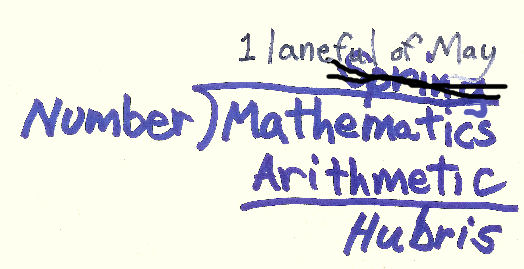
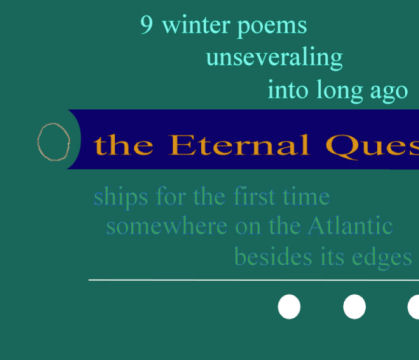
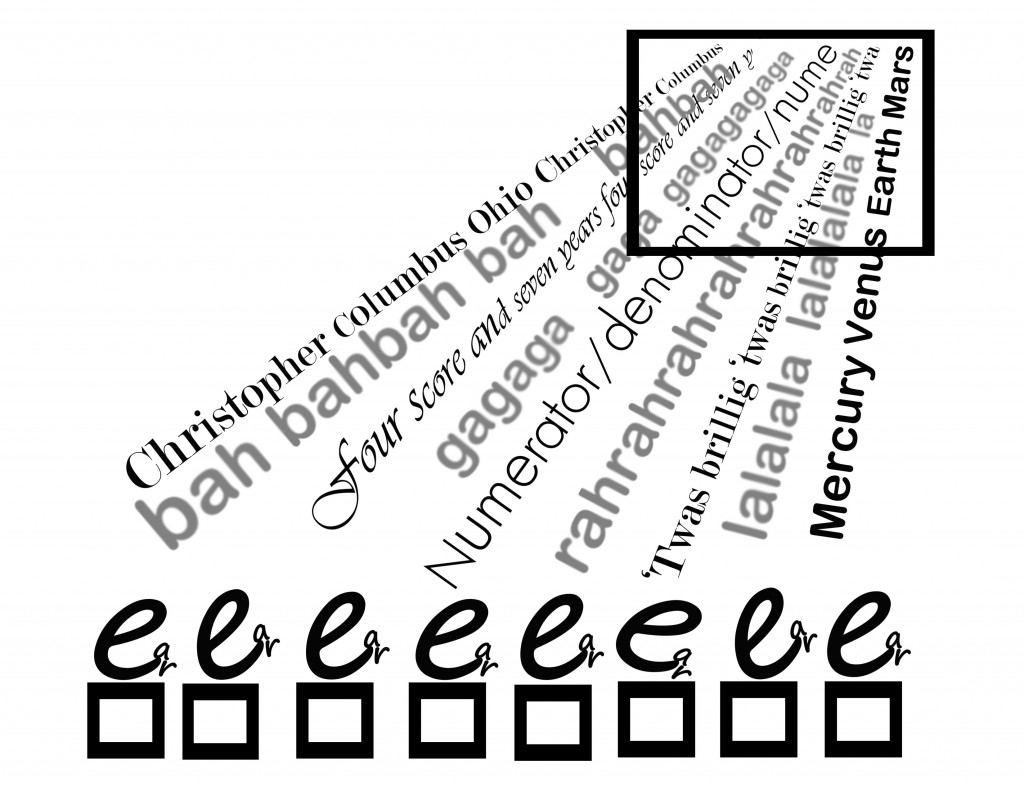
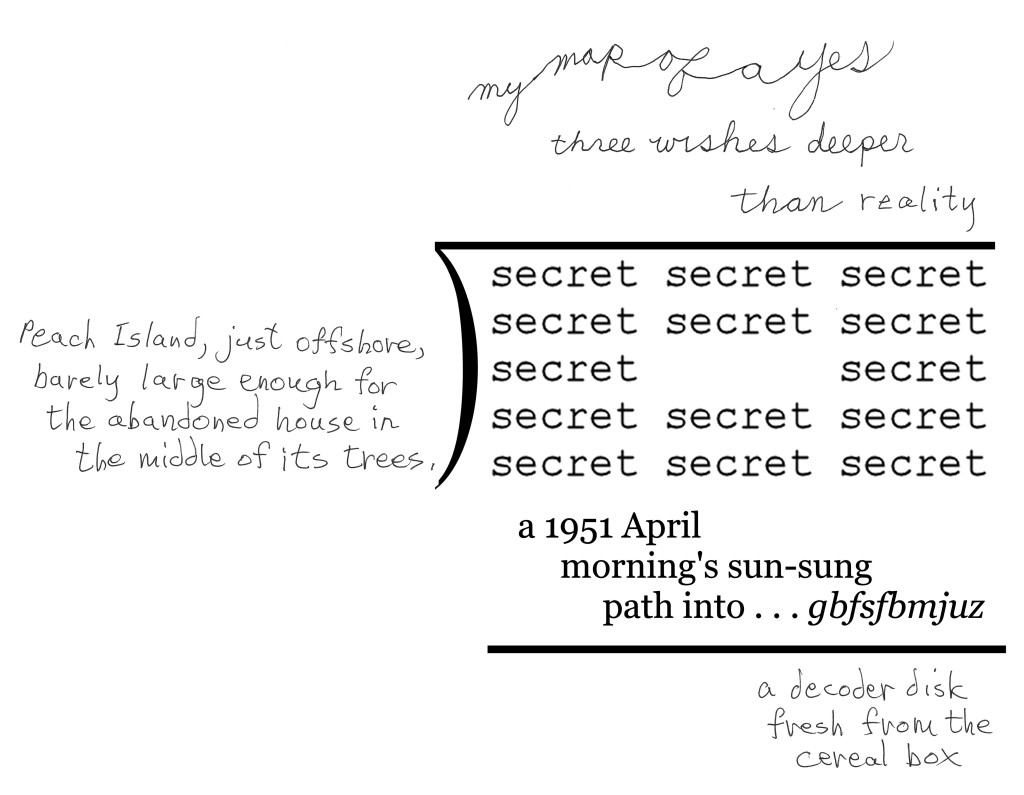
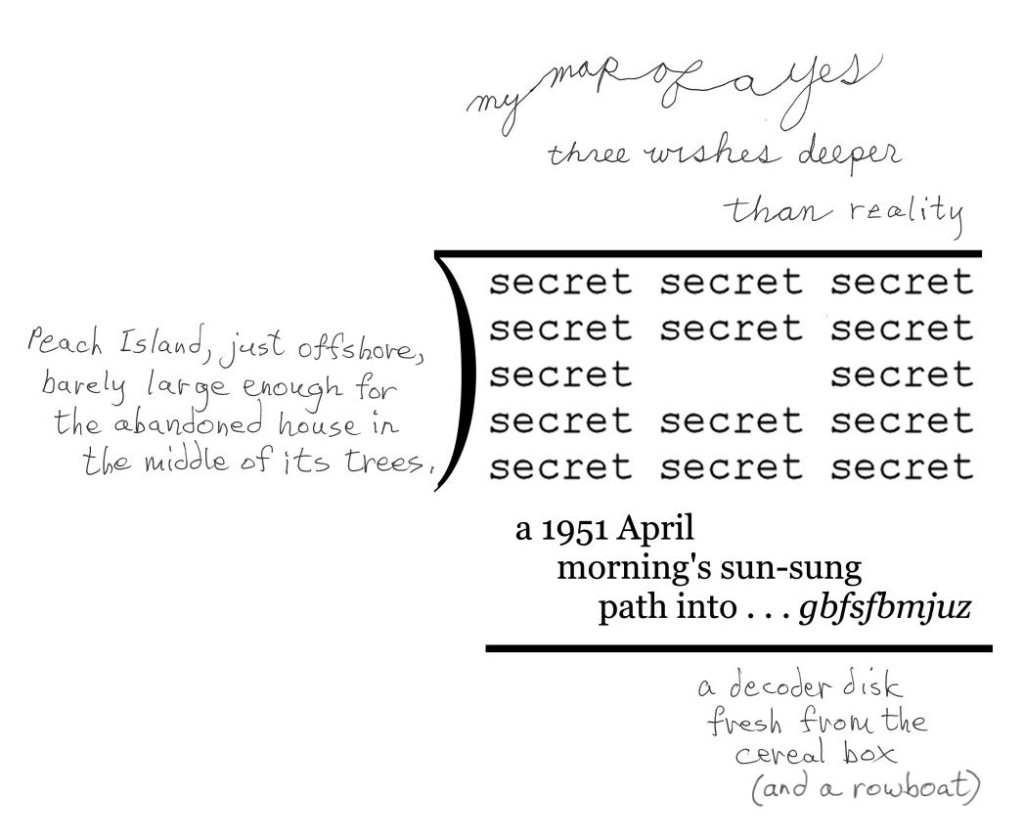








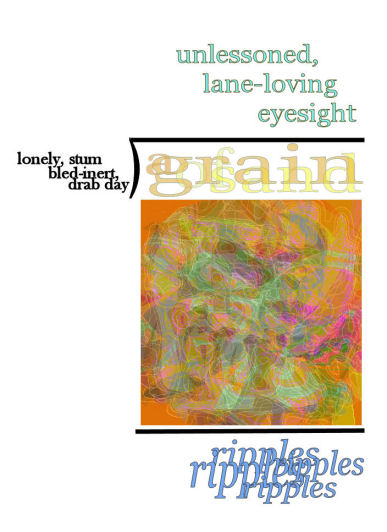














fine poem
Thanks, Karl! Maybe I’m not nuts for liking it myself.